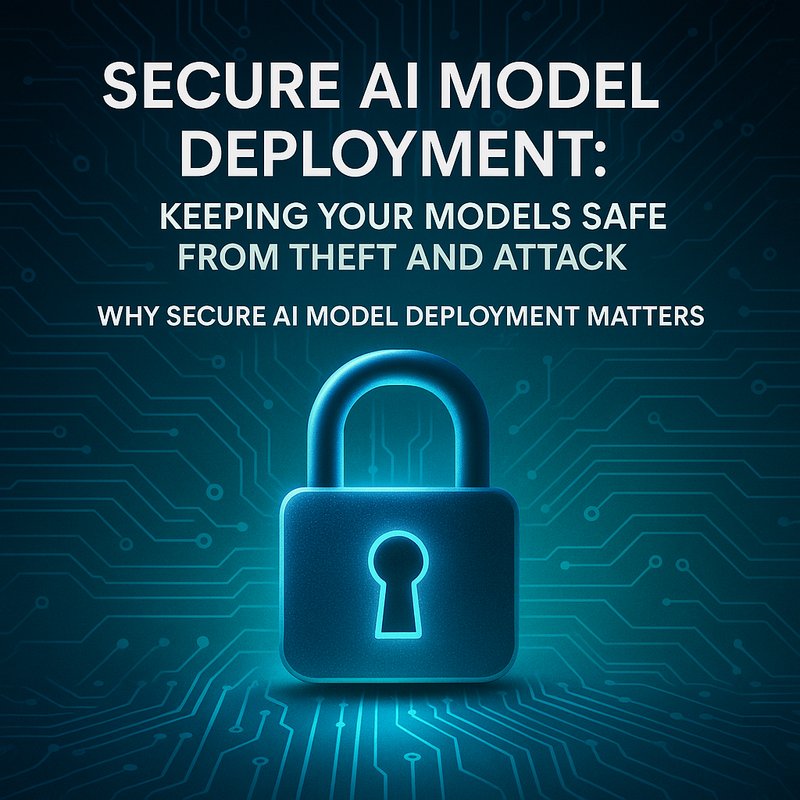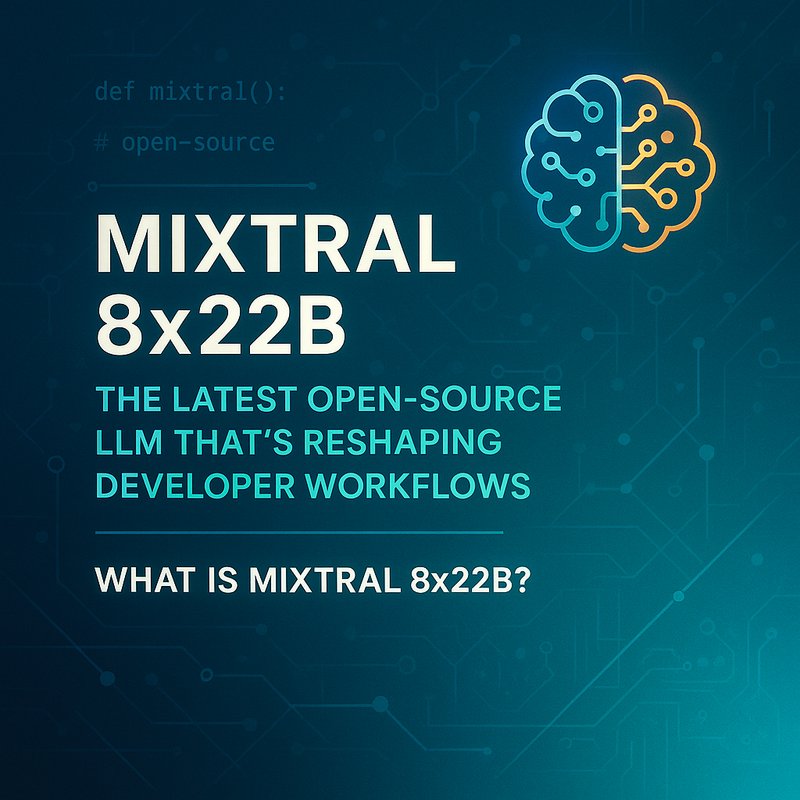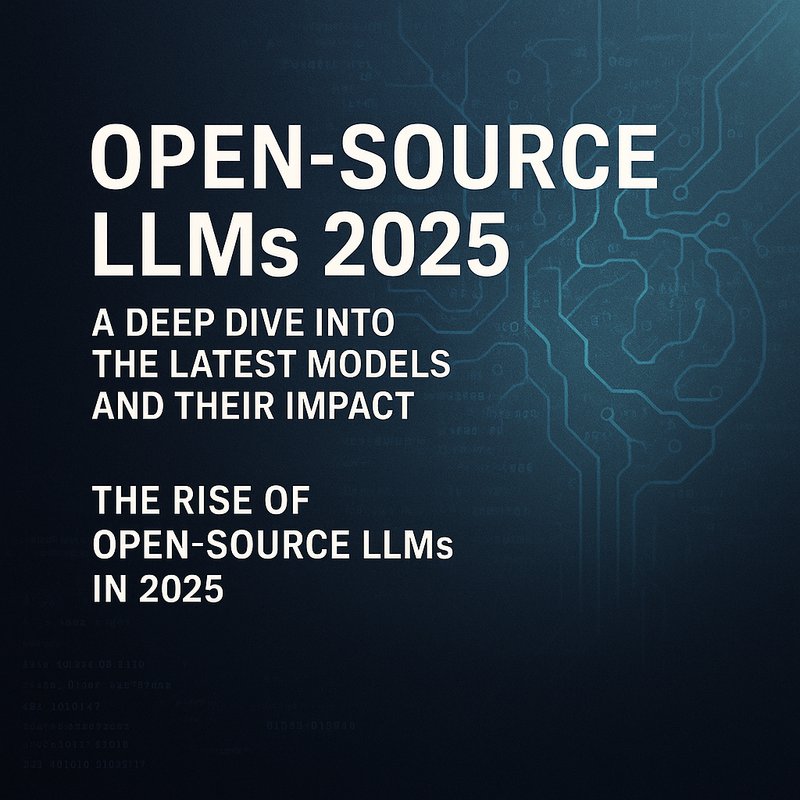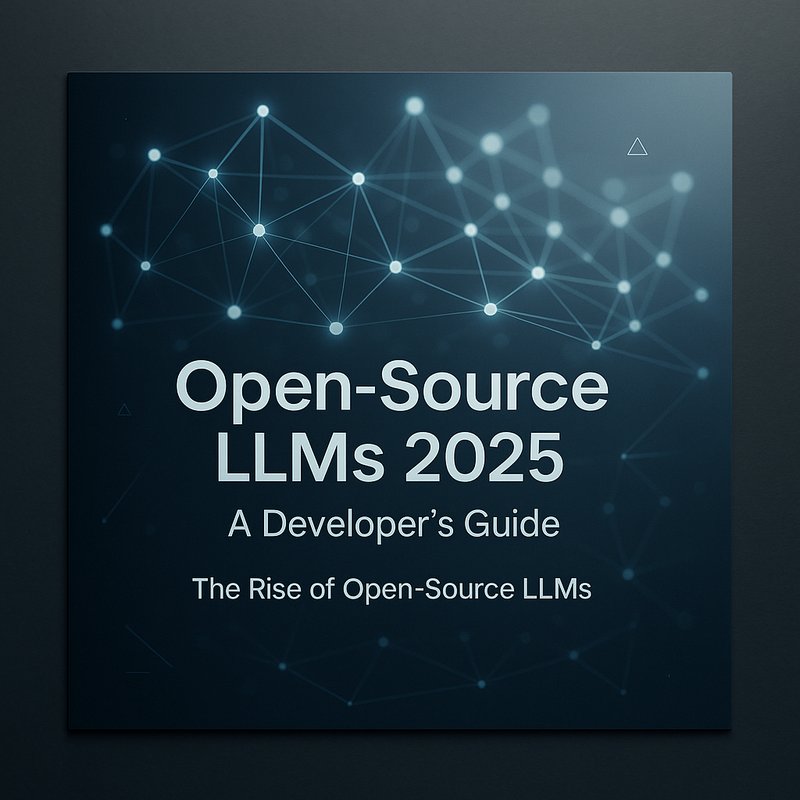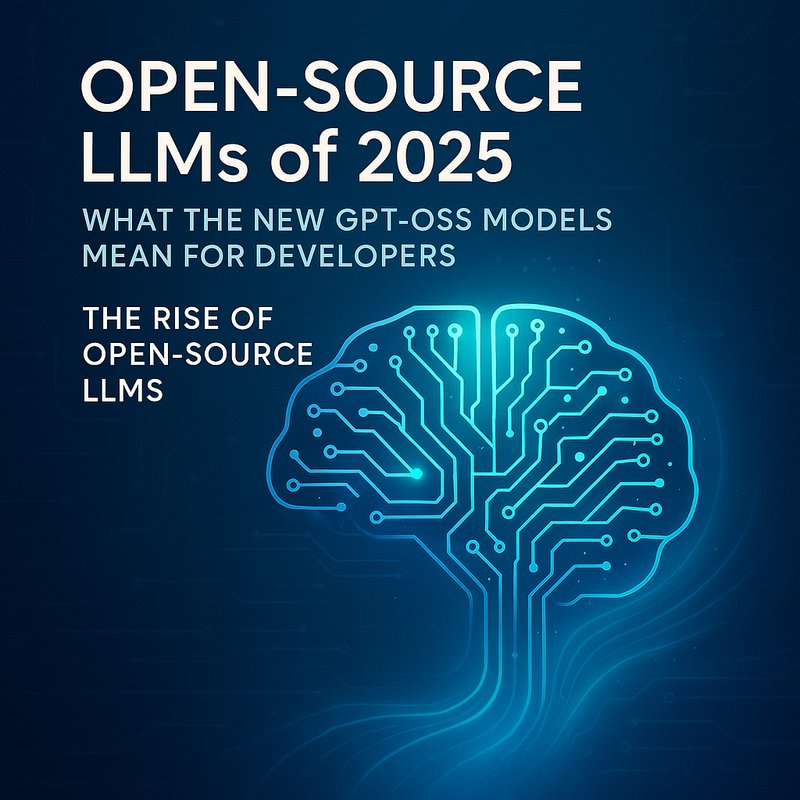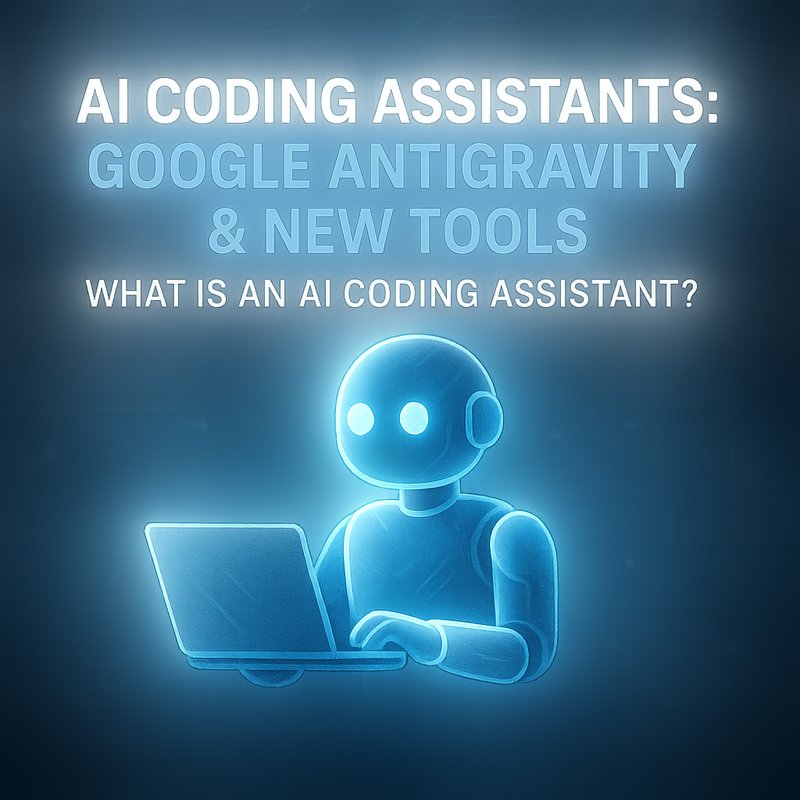When companies move AI from research labs to real‑world products, the biggest risk isn’t just the data you feed the model. It’s what happens after the model lands in production. Model theft, model inversion attacks, and adversarial manipulation can all cripple a product or expose sensitive information. Secure AI Model Deployment (SAMD) is the discipline that protects your models from the moment they’re uploaded to a cloud bucket until they’re serving predictions to end users.
Why Secure AI Model Deployment Matters
Picture an e‑commerce company that uses a recommendation engine to suggest products to users. If an attacker steals the model, they could reverse‑engineer the recommendation logic and steal trade secrets. Worse, by feeding crafted inputs, they can cause the engine to give biased or harmful outputs. That’s why SAMD is no longer optional—it’s a necessity for every business that relies on AI.
SAMD covers three main areas:
- Model Confidentiality – protecting the model file itself.
- Model Integrity – ensuring the model hasn’t been tampered with.
- Model Availability – keeping the model online and resilient against sabotage.
Building Blocks of Secure AI Model Deployment
| Block | Purpose | Example |
|---|---|---|
| Secure Storage | Encrypt model files at rest and in transit. | AWS S3 with SSE‑KMS, Azure Blob with customer‑managed keys |
| Access Control | Limit who can download or update the model. | IAM roles, Azure RBAC, Google Cloud IAM |
| Audit Logging | Record every action on the model artifact. | CloudTrail, Azure Monitor, Google Cloud Logging |
| Integrity Verification | Detect unauthorized changes. | Checksums, digital signatures |
| Runtime Hardening | Protect inference endpoints. | TLS, rate limiting, sandboxing |
When these blocks work together, they create a robust shield around your AI models.
Step‑by‑Step Guide to Implement SAMD
1️⃣ Identify Your Model Artifacts
Start by cataloguing every model you plan to deploy. Capture:
- File format (e.g., ONNX, TensorFlow SavedModel, PyTorch
*.pth). - Version (semantic versioning is recommended).
- Owner (data scientist or ML Ops team).
- Dependencies (runtime libraries, custom ops).
Store this metadata in a lightweight database or a simple spreadsheet. This inventory is the foundation for the rest of the process.
2️⃣ Encrypt and Store Models Securely
Choose a cloud provider’s storage service that supports encryption:
- AWS: S3 with SSE‑KMS; create a dedicated KMS key per model family.
- Azure: Blob Storage with customer‑managed keys; use Azure Key Vault for key rotation.
- Google: Cloud Storage with CMEK; rotate keys monthly.
Never leave your models in plaintext. Even if an attacker gains network access, they should not be able to read the file without the key.
3️⃣ Apply Fine‑Grained Access Controls
Use IAM or RBAC to restrict who can read, write, or delete model artifacts.
- Principle of Least Privilege: Grant only the permissions necessary for a role to function.
- Separate Roles: For example, “Model Deployer” can upload new versions but cannot delete old ones; “Model Reviewer” can read but not modify.
- Time‑Bound Policies: For temporary access (e.g., during a deployment window), use session tokens with short lifetimes.
You can use tools like Neura ACE to auto‑generate IAM policies from a policy template, ensuring consistency.
4️⃣ Version Control and Signing
Treat every model version as a code commit:
- Store the model in a Git‑like repository (e.g., Git LFS, AWS CodeCommit, Azure DevOps).
- Generate a cryptographic hash (SHA‑256) for each model artifact.
- Sign the hash with a private key stored in a hardware security module (HSM) or Azure Key Vault.
- Publish the public key in a trusted location (e.g., your company’s security portal).
When a deployment pipeline pulls a model, it verifies the signature before use. If the signature is invalid, the deployment is halted.
5️⃣ Secure the Inference Endpoint
Deploy the model behind a protected API gateway:

- TLS 1.3: Ensure all traffic is encrypted.
- Mutual TLS (mTLS): Only clients with a valid client certificate can talk to the endpoint.
- Rate Limiting: Prevent abuse and potential DoS attacks.
- Container Hardening: Run inference in a minimal base image, disable unnecessary services, and enable seccomp profiles.
For serverless deployment (e.g., Lambda, Azure Functions), use the platform’s built‑in VPC or network isolation features. For container orchestration (Kubernetes), use Pod Security Policies and Network Policies to restrict inbound traffic.
6️⃣ Continuous Monitoring and Alerts
Set up monitoring to detect anomalies:
- Model Drift: Track changes in prediction distribution.
- Unauthorized Access: Log any download attempts from non‑authorized roles.
- Runtime Errors: Alert on repeated inference failures that could indicate tampering.
Integrate alerts with a SOAR platform (e.g., Cortex XSOAR or a custom Neura AI workflow) to automate incident response.
7️⃣ Regular Audits and Penetration Testing
Schedule quarterly audits to verify that:
- Encryption keys are properly rotated.
- IAM policies remain tight.
- No unintended public endpoints exist.
- Model signatures are still valid.
Penetration tests should also try to tamper with the model file in storage, attempt to bypass mTLS, or inject adversarial inputs to evaluate robustness.
8️⃣ Documentation and Training
Create a “Model Security Playbook” that includes:
- Deployment checklist.
- Contact points for incidents.
- Recovery procedures if a model is compromised.
Run periodic training for data scientists and developers to keep security top of mind.
Real‑World Example: Protecting a Fraud Detection Model
A financial institution uses a fraud detection model that flags suspicious transactions. The model was originally stored in an open S3 bucket with no encryption, and any employee could download it. An attacker stole the model and reverse‑engineered the fraud logic, enabling them to bypass the system.
After implementing SAMD:
- The model is stored in an encrypted bucket with a dedicated KMS key.
- Access is limited to the ML Ops team and a read‑only role for auditors.
- Each deployment is signed and verified by a CI pipeline.
- The inference API requires mTLS, and rate limits are in place.
Result? No more model theft, and any attempts to tamper with the model are immediately flagged by the monitoring system.
Integrating SAMD with Existing Neura AI Products
If you’re already using Neura Keyguard for scanning codebases, you can extend it to scan model artifact repositories for hidden secrets or outdated dependencies. Neura ACE can help you generate the IAM policies needed for model storage and API endpoints. And for continuous compliance, you can pair your model deployment pipeline with Neura RTA (Real‑Time AI) to get live compliance checks.
Key Takeaways
- Secure AI Model Deployment protects against model theft, tampering, and adversarial attacks.
- It involves encryption, fine‑grained access, version control, signing, endpoint hardening, monitoring, and audits.
- Integrating these practices into your ML Ops workflow turns model deployment into a secure, repeatable process.
Start small: pick one model, apply encryption and access control, and extend from there. The payoff is a safer AI ecosystem that protects your business and your customers.
